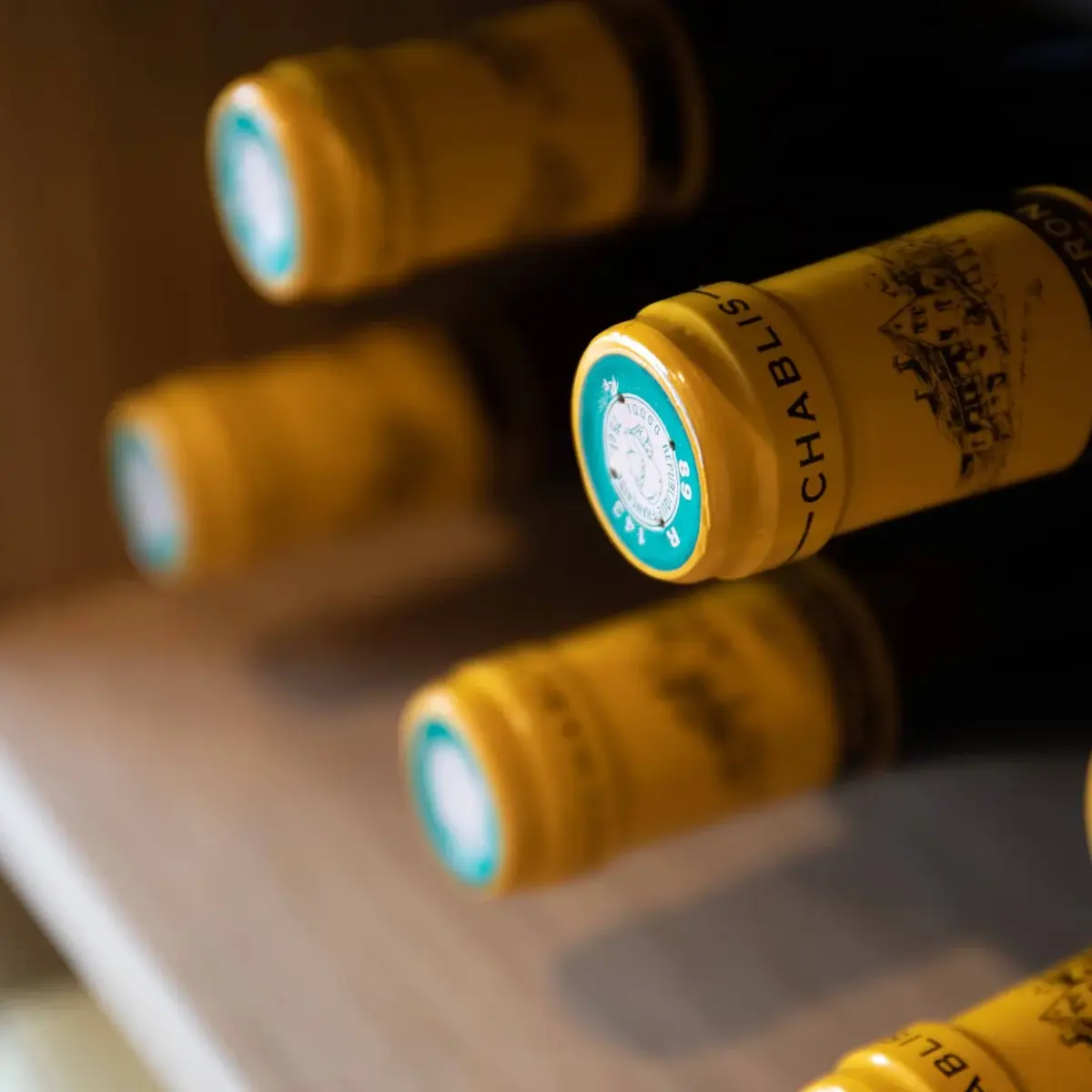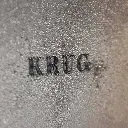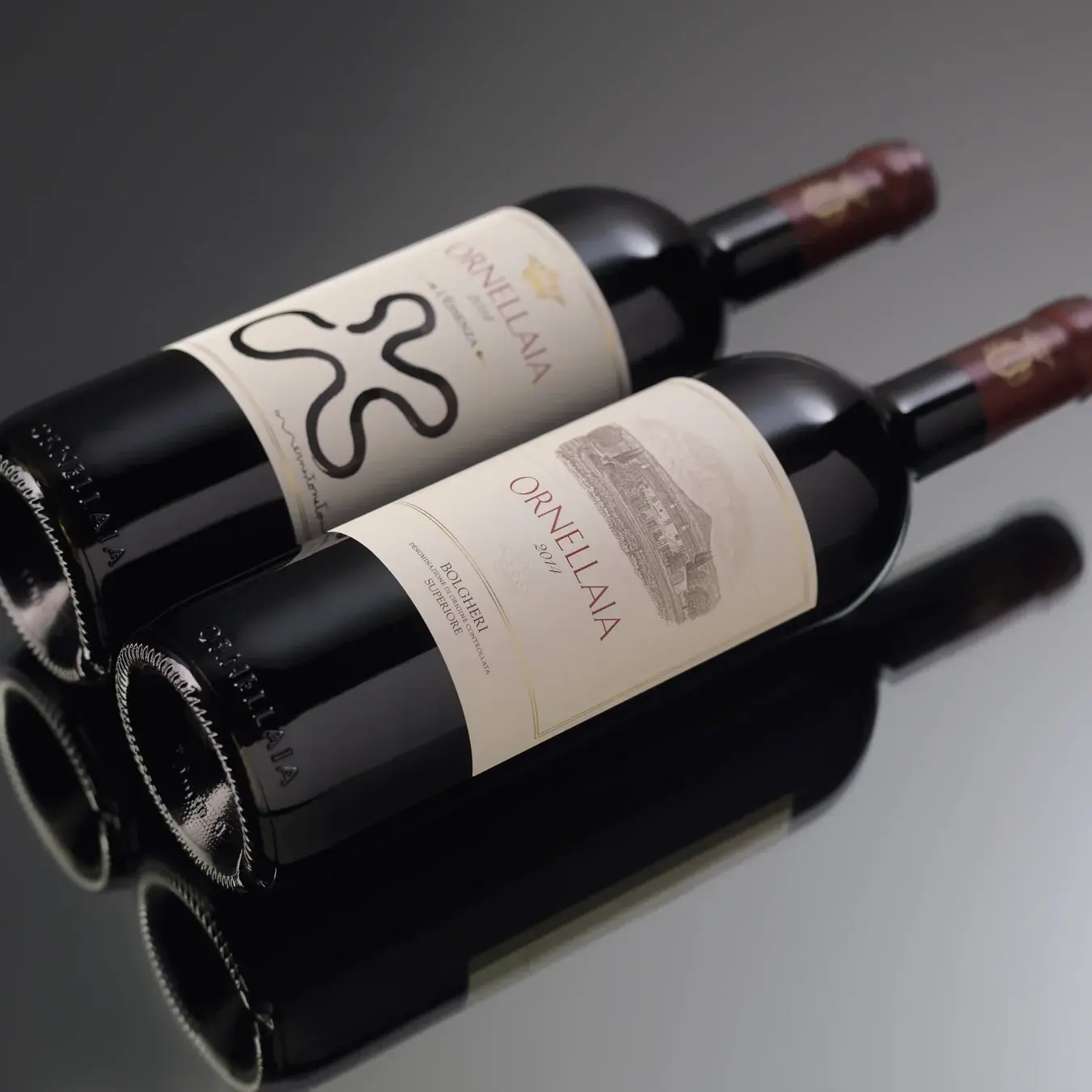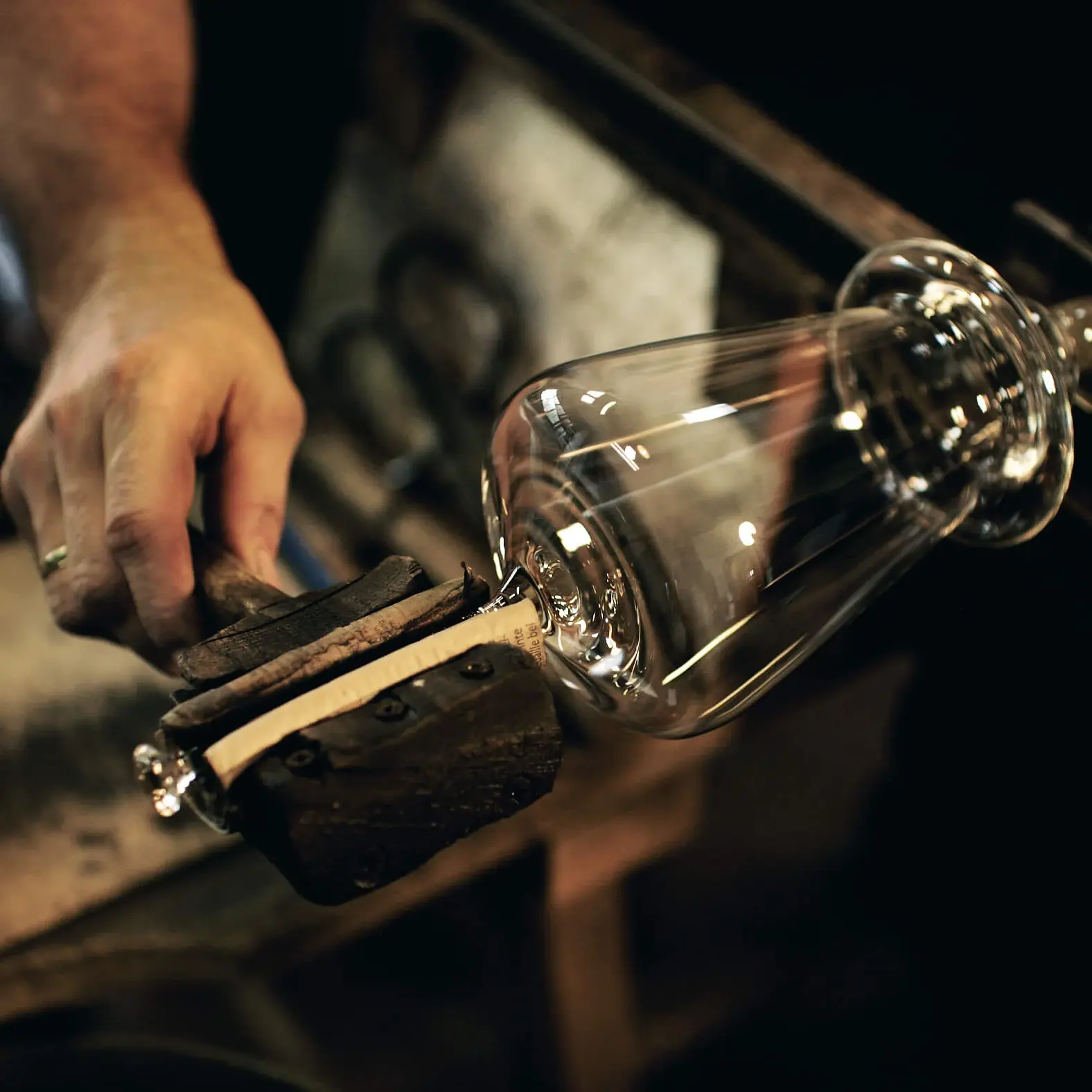Walking through the whisky aisle, you might wonder what exactly sets Single Malt apart from Blended Scotch. Understanding these differences can enhance your appreciation and enjoyment of whisky, whether you're new to the world of spirits or have been exploring it for years. Let's explore the unique qualities that define these two popular types of Scotch whisky.
Single Malt Scotch Whisky: The Purist’s Choice
Imagine a single malt as the soloist in a symphony. It’s made from 100% malted barley and distilled at one single distillery, which gives it a distinct character. Each bottle of single malt is a pure expression of its origin, with flavors that reflect the local water, climate, and craftsmanship of the distillery.
Key Characteristics of Single Malt:
- Origin: Comes from one distillery.
- Ingredients: Made exclusively from malted barley.
- Flavor Profile: Often more complex, with a wide range of flavors that can include fruit, spice, peat, and more, depending on the distillery’s techniques.
- Examples: Think of names like Glenfiddich, The Macallan, or Lagavulin.
Single malt whiskies are often celebrated for their depth and complexity. It’s like taking a journey through Scotland in a glass, with each sip telling the story of the place it was crafted.
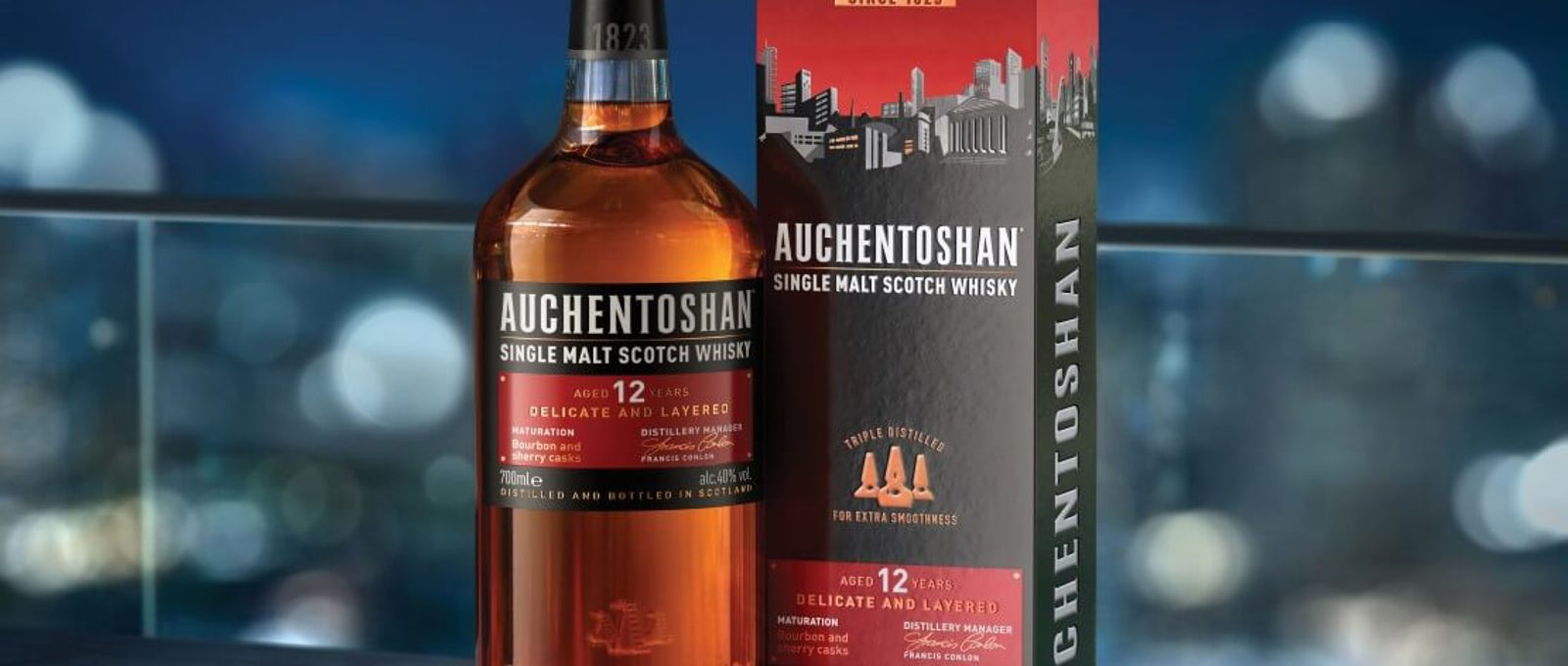
Blended Scotch Whisky: The Art of Balance
On the other hand, blended Scotch is more like an orchestra, where multiple instruments come together to create harmony. Blended Scotch is a mix of both malt whisky (which can come from multiple distilleries) and grain whisky (which is made from grains like wheat or corn). The goal here is consistency and balance—blenders carefully select different whiskies to create a final product that is smooth, approachable, and enjoyable.
Key Characteristics of Blended Scotch:
- Origin: Can be a blend of whiskies from multiple distilleries.
- Ingredients: A mix of malt whisky and grain whisky.
- Flavor Profile: Typically smoother and more consistent, often with a more approachable taste that can appeal to a wider audience.
- Examples: Brands like Johnnie Walker, Chivas Regal, and Dewar’s are well-known blended Scotch whiskies.
Blended Scotch whiskies are often the go-to for cocktails or those just starting to explore the world of whisky. They offer a balanced and versatile experience, making them perfect for any occasion.
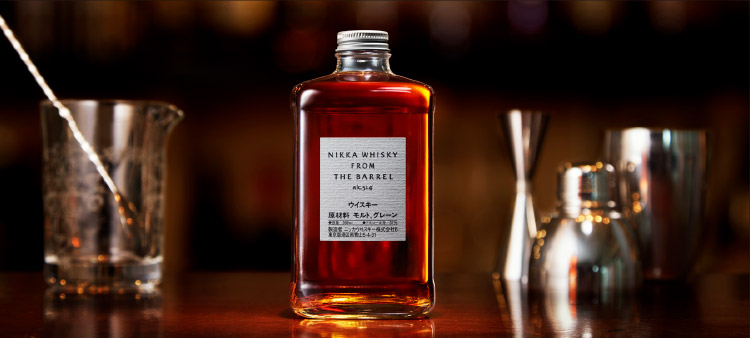
The Bottom Line: Which Should You Choose?
So, which one should you go for? It depends on your taste and mood. If you’re in the mood for something that offers a deep dive into the nuances of whisky, a single malt might be the way to go. If you’re looking for something smooth and versatile, or if you’re mixing cocktails, a blended Scotch is likely your best bet.
Whether you’re savoring the complexity of a single malt or enjoying the balanced harmony of a blend, the world of Scotch whisky is rich with options that cater to every palate.
Takeaway Tips:
- For Beginners: Start with a blended Scotch to ease into the flavors before exploring single malts.
- For Cocktail Lovers: Blended Scotch works well in cocktails like a classic Whisky Sour or Highball.
- For the Curious: Try a whisky tasting session to compare single malts and blends side by side.
So, next time you find yourself in that whisky aisle, you’ll know exactly what to look for. Whether you’re pouring a dram of single malt or mixing a cocktail with a blended Scotch, you’re in for a treat.
Experience the world of Scotch whisky with the Auchentoshan 12 Year Old Single Malt and the Nikka from the Barrel Blended Whisky. Explore the rich, complex flavors of a single malt alongside the harmonious balance of a blended Scotch, and discover which one resonates with your palate.
